Surrealism is an art form that became popular in the 1920s as an expression of a revolutionary philosophy. It attempted to free people for their unmovable rationality and the restrictive habits in politics, religion and social behavior. Mostly aligned with radical political movements, it aims at liberating the mind and freeing the imagination. Surrealism in photography is about adding certain imaginary elements to the real physical world, diminishing the fine line between what is possible and impossible, mixing them into a composition. Examples of this consist of headless portraits replacing heads with inanimate objects like umbrellas, and using vivid colours, these photos tend to incorporate two entirely different perspectives and merging them together.
This idea for mixing usually two contrasting things together to form an image I found interesting and wanted to make a basis out of it for future shoots. This would mean using software such as Adobe Photoshop and Adobe Lightroom to create the desired outcomes, whilst using my own photographs from shoots to add objects and people into the picture. Here are some examples of surrealist photography: On artist I found to be particularly influential was photographer Lara Zankoul. Zankoul looks at the idea of underlying representation, and how polar opposites are represented in seven parts as symbol of the fundamentally divine nature of the medium, interrelation and dynamics. Known as Taoist the focus is mainly visual in her work, while the main theme continues to be spiritual and philosophical. When exploring her works I liked the constant use of lighting and perception of the eye to create final outcomes with a surreal twist, the hidden figure of the human body seems to be one of the main focuses of her works, much like Clare Rae’s work Zankoul hides the female face to create an unseen identity.
On artist I found to be particularly influential was photographer Lara Zankoul. Zankoul looks at the idea of underlying representation, and how polar opposites are represented in seven parts as symbol of the fundamentally divine nature of the medium, interrelation and dynamics. Known as Taoist the focus is mainly visual in her work, while the main theme continues to be spiritual and philosophical. When exploring her works I liked the constant use of lighting and perception of the eye to create final outcomes with a surreal twist, the hidden figure of the human body seems to be one of the main focuses of her works, much like Clare Rae’s work Zankoul hides the female face to create an unseen identity.
Some of her works can be seen below exploring these ideas of surrealism and software to produce unusual imagery: Once after creating a mood-board including my favorite images in it, I decided I should analyse one of her most well-known photographs to see and understand what made it so effective as an overall image. To do this I would have to explore three areas: technical aspects, visual aspects and conceptual knowledge of the actual piece itself. By doing this it would allow me to create a response shoot to the artists of my choice in a surrealist style that I could relate to my own personal topic of political landscapes. The picture I chose from Lara Zankoul is called ‘The Unseen’ and is part of a solo exhibition regarding a series of photos.
Once after creating a mood-board including my favorite images in it, I decided I should analyse one of her most well-known photographs to see and understand what made it so effective as an overall image. To do this I would have to explore three areas: technical aspects, visual aspects and conceptual knowledge of the actual piece itself. By doing this it would allow me to create a response shoot to the artists of my choice in a surrealist style that I could relate to my own personal topic of political landscapes. The picture I chose from Lara Zankoul is called ‘The Unseen’ and is part of a solo exhibition regarding a series of photos. 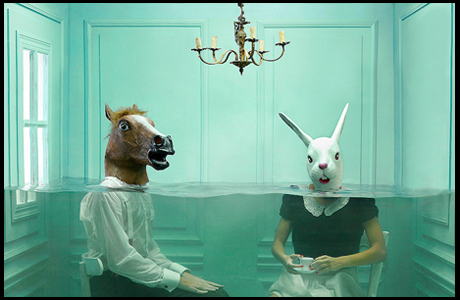 Technical: The image itself uses artificial lighting to create the scene inside the studio made room, because of this the end result makes the impression that the whole thing is subtly staged. A relatively normal shutter speed seems to have been used due to how not too much light has been let and how shadows have not become too overpowering, this as a result allows for a balanced piece where neither of the shades dominate each and instead compliment. The exposure inside the photograph in my opinion is a bit high than usual, but is done effectively to have the green/blue walls pop out against the backdrop of the two characters seated, complimenting them and filling the blank spaces with a more calming and dramatic colour.
Technical: The image itself uses artificial lighting to create the scene inside the studio made room, because of this the end result makes the impression that the whole thing is subtly staged. A relatively normal shutter speed seems to have been used due to how not too much light has been let and how shadows have not become too overpowering, this as a result allows for a balanced piece where neither of the shades dominate each and instead compliment. The exposure inside the photograph in my opinion is a bit high than usual, but is done effectively to have the green/blue walls pop out against the backdrop of the two characters seated, complimenting them and filling the blank spaces with a more calming and dramatic colour.
Visual: Visually I think that the piece is extremely aesthetic to the eye due to the composition of the characters in the room and the colours which complement all other aspects. Symmetry seems to be one of the leading aspects within this photo as both the rabbit and horse and positioned equally away from each other with the chandelier placed directly in between them, breaking up the otherwise generic unchanging colours that consist through the image. The water which added as a break, separates the room into a surreal image, as the underwater aspect of the tea party is unusual and so intrigues the viewers to observe the image for longer than they actually had expected.
Conceptual: The concept behind the pieces were to challenge Zankoul to develop images that went beyond regular adjustments. This included creating a completely fabricated environment that her models would have to model in, using fish tanks and specially made rooms to provide them with situations they could adjust too .



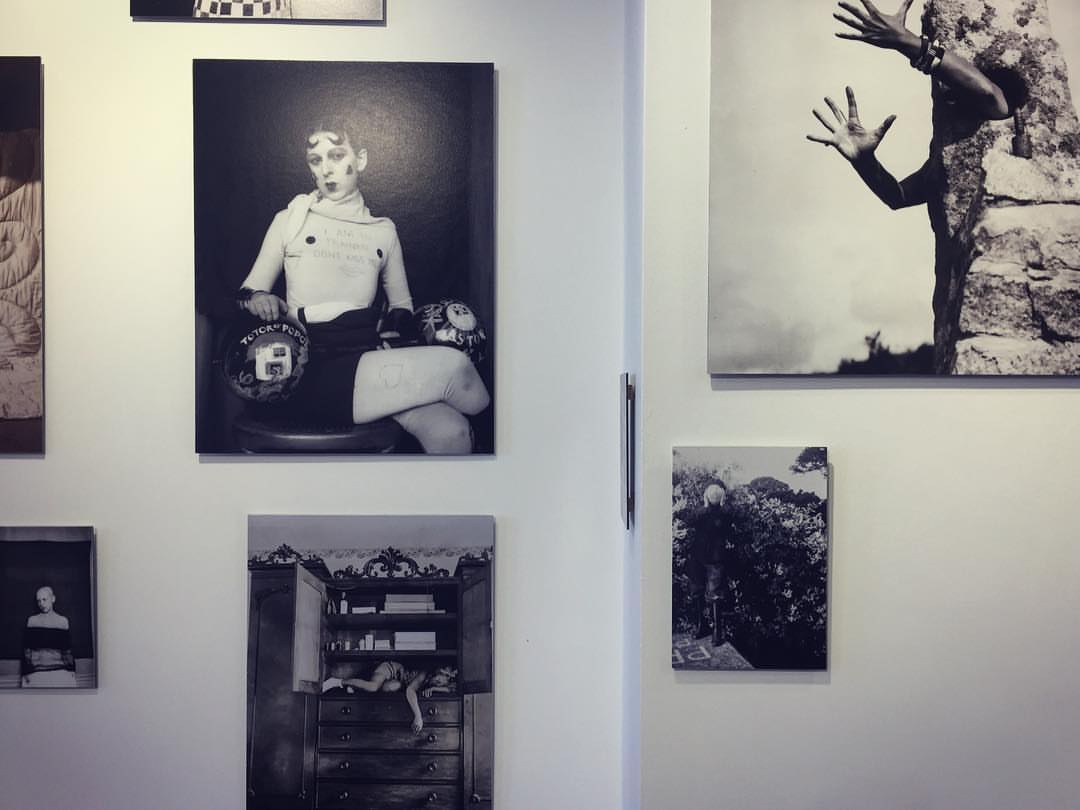


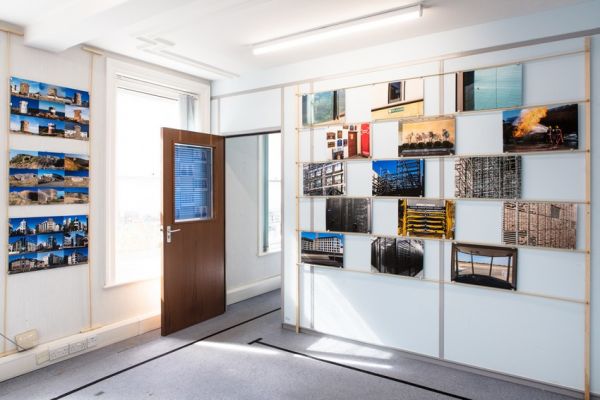
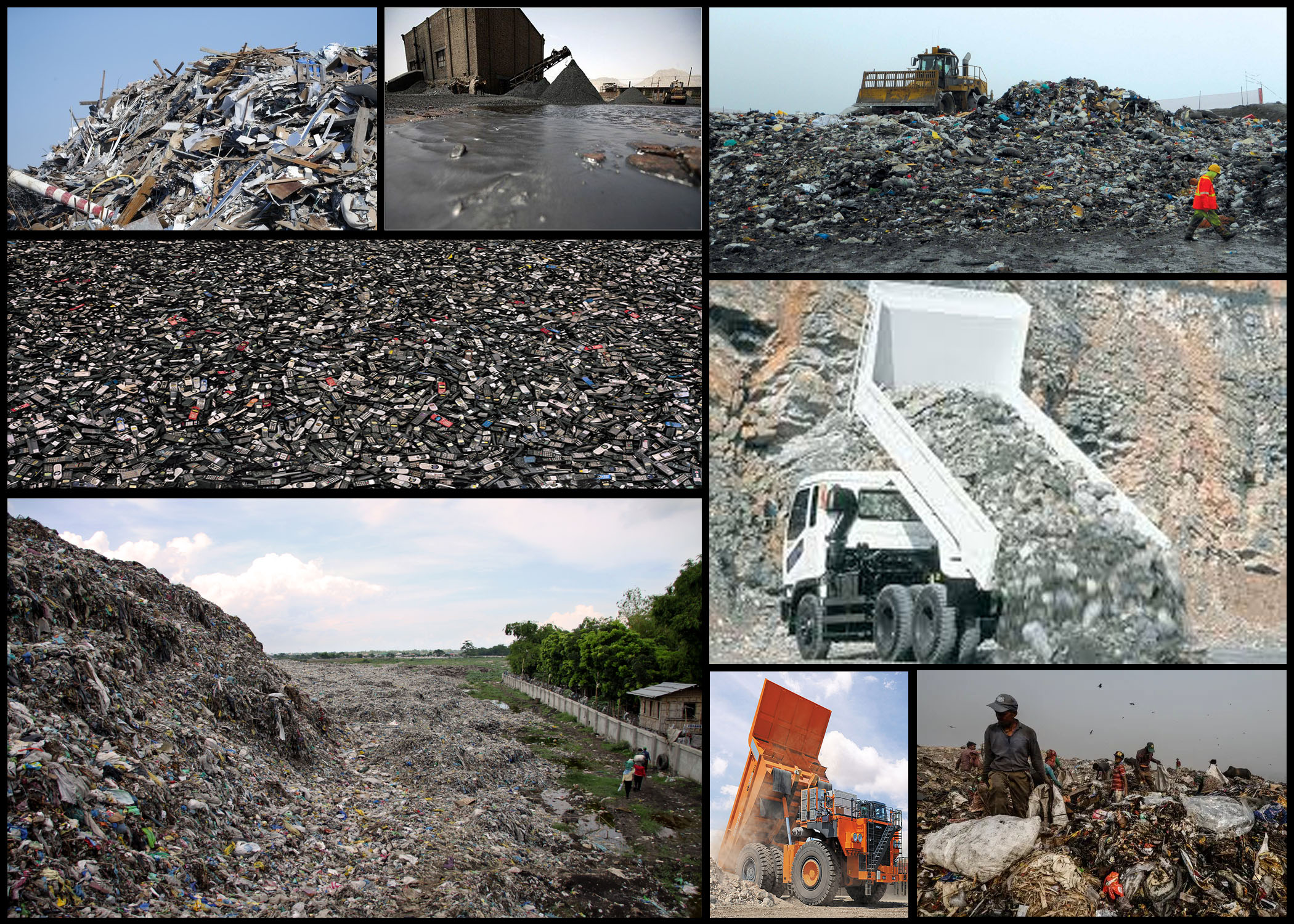



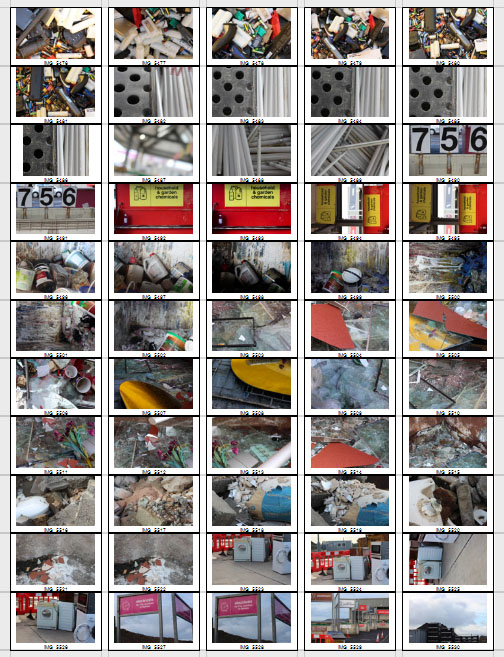
 After the shoot was complete I decided to select the ten images I thought best reflected the intentions of the shoot both visually and implicitly. By doing this it would allow me to deduct other images that I thought didn’t portray the aim of the shoot correctly or were poorly taken, here are my choices:
After the shoot was complete I decided to select the ten images I thought best reflected the intentions of the shoot both visually and implicitly. By doing this it would allow me to deduct other images that I thought didn’t portray the aim of the shoot correctly or were poorly taken, here are my choices: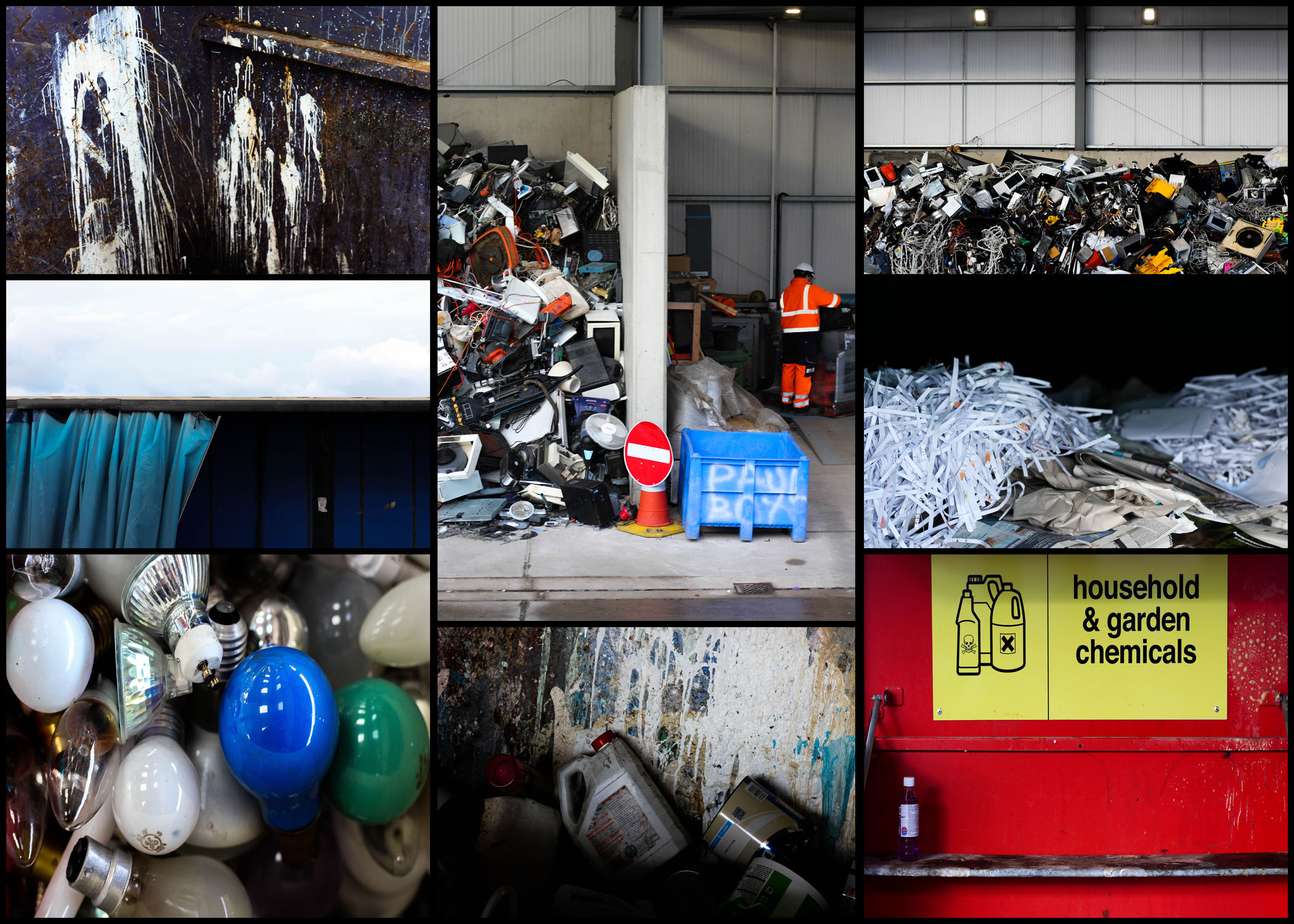


 I selected this image because of how I loved the positioning of the paint cans, this look of just the bottles careless thrown into the bin scattering paint everywhere creates an unusual background of random colours. I also really liked how the higher exposure allowed for a dark border across the bottom of the image, creating the impression of the unknown due to there being no evidence for how far these material stretch. The focal point seems to be the center paint can which is clearly defined from the backdrop by the shadows surrounding it producing an abstract effect from the area around it.
I selected this image because of how I loved the positioning of the paint cans, this look of just the bottles careless thrown into the bin scattering paint everywhere creates an unusual background of random colours. I also really liked how the higher exposure allowed for a dark border across the bottom of the image, creating the impression of the unknown due to there being no evidence for how far these material stretch. The focal point seems to be the center paint can which is clearly defined from the backdrop by the shadows surrounding it producing an abstract effect from the area around it.  What I liked about this image was the clear contrast and separation of rubbish and everyday life working in the area. This contrast seen through the separation of the electronics and a construction worker show evidence of how the area has adapted to suit their life around the product of consumerism. The sheer mass of the electronics almost overflowing out of their section creates the impression of disorganization, where once used they are careless thrown to the side never to be seen again. Looking at this image it is clear how much space is required to hold the waste, especially after seeing how far into the hangar it stretches.
What I liked about this image was the clear contrast and separation of rubbish and everyday life working in the area. This contrast seen through the separation of the electronics and a construction worker show evidence of how the area has adapted to suit their life around the product of consumerism. The sheer mass of the electronics almost overflowing out of their section creates the impression of disorganization, where once used they are careless thrown to the side never to be seen again. Looking at this image it is clear how much space is required to hold the waste, especially after seeing how far into the hangar it stretches.  I found that the emptiness of this image was what attracted me to it, alongside the vivid colours which accompany it. The use of a singular chemical bottle on the shelf with the over half of the container sprayed with unknown chemicals provides a messy and unorganized look, where obviously dangerous liquids have been disposed of incorrectly, whilst the bareness of the shelf allowing an insight into how little we attempt to throw away these harmful materials. By the sign being there I feel like it breaks up the otherwise overpowering image which would otherwise be dominated by red.
I found that the emptiness of this image was what attracted me to it, alongside the vivid colours which accompany it. The use of a singular chemical bottle on the shelf with the over half of the container sprayed with unknown chemicals provides a messy and unorganized look, where obviously dangerous liquids have been disposed of incorrectly, whilst the bareness of the shelf allowing an insight into how little we attempt to throw away these harmful materials. By the sign being there I feel like it breaks up the otherwise overpowering image which would otherwise be dominated by red.  This image was chosen because of how effective it is at providing evidence towards the sheer mass of things we throw out. Accompanied by the symmetry, the random electronics thrown into a pile can be seen as an almost abstract piece in itself, which various vivid colours breaking through the dull dark grays and blacks. For me this provides a huge insight into how we treat our ever-increasing consumerism, and how once used it’s simply discarded to be lost in the endless heap of other categorized objects.
This image was chosen because of how effective it is at providing evidence towards the sheer mass of things we throw out. Accompanied by the symmetry, the random electronics thrown into a pile can be seen as an almost abstract piece in itself, which various vivid colours breaking through the dull dark grays and blacks. For me this provides a huge insight into how we treat our ever-increasing consumerism, and how once used it’s simply discarded to be lost in the endless heap of other categorized objects.  Finally I selected this image because of its contrast between the yellow mirror and the now dirty and broken glass window. I thought that this looked very symbolic, with the new mirror that had just been thrown away providing a clear contrast between that of an old broken window, that had obviously been thrown out a while ago and had deteriorated to an almost unrecognizable image of its former use. This contrast is defined through the use of the shadow which separates each piece of glass, stopping the other into blending with it and becoming eye sore.
Finally I selected this image because of its contrast between the yellow mirror and the now dirty and broken glass window. I thought that this looked very symbolic, with the new mirror that had just been thrown away providing a clear contrast between that of an old broken window, that had obviously been thrown out a while ago and had deteriorated to an almost unrecognizable image of its former use. This contrast is defined through the use of the shadow which separates each piece of glass, stopping the other into blending with it and becoming eye sore.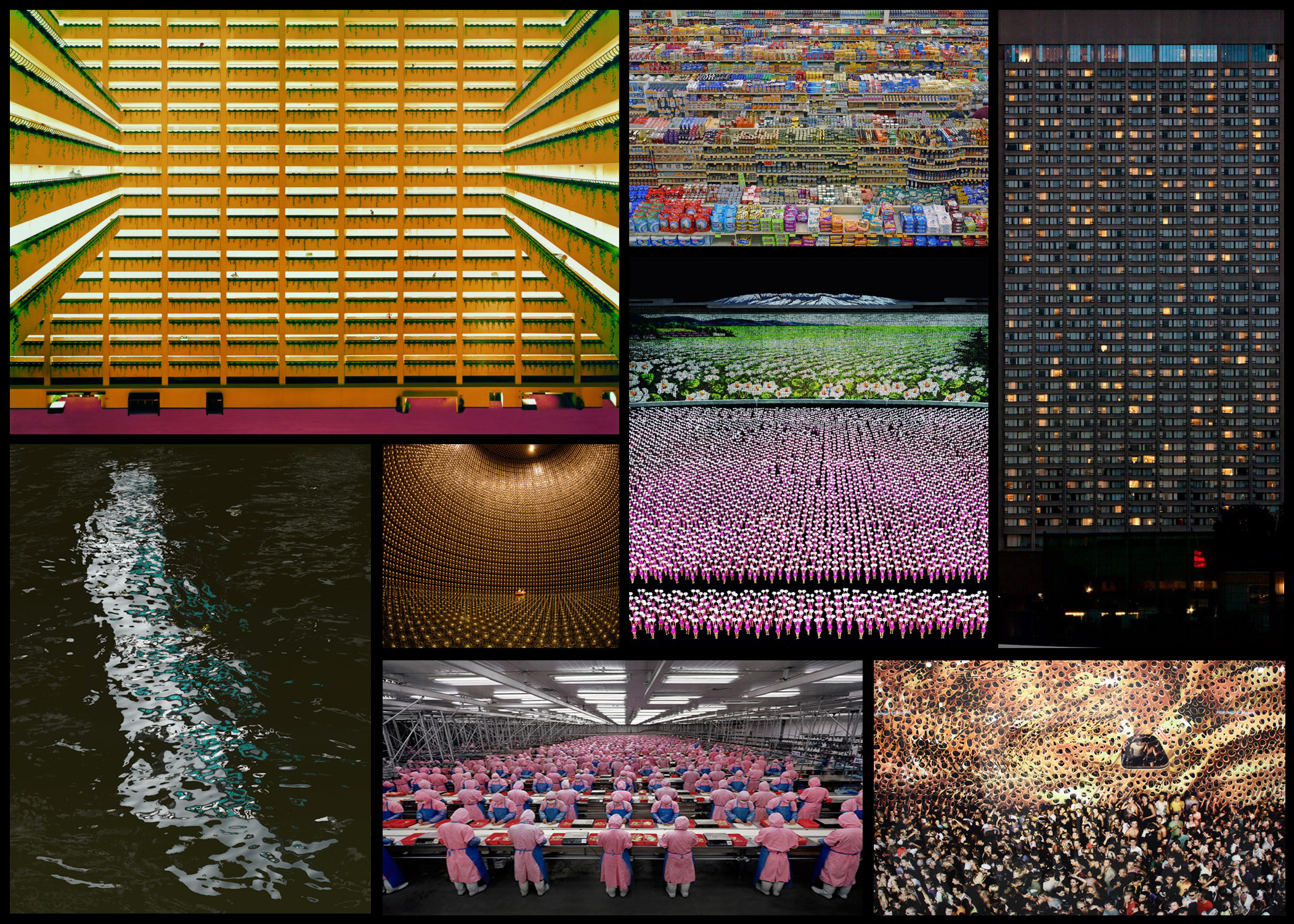 Once I had reviewed a few of his works I decided to go on and analyse one of his photos, by doing this it would allow me to understand what made his photography so effective. Whilst giving me an insight into the techniques and focuses of the style of photography he uses, and the thought process behind it. The image I have chosen is called ‘99 Cent’, taken 1999 of a local convenience store:
Once I had reviewed a few of his works I decided to go on and analyse one of his photos, by doing this it would allow me to understand what made his photography so effective. Whilst giving me an insight into the techniques and focuses of the style of photography he uses, and the thought process behind it. The image I have chosen is called ‘99 Cent’, taken 1999 of a local convenience store:  Visual: Visually this image is extremely aesthetic, with the broad variety of colours present in the shop providing a sea of rainbows to be looked upon by the viewer. This is stopped from being too consistent and overpowering through the use of obvious shelves which stops the packaging from merging with the next, the white poles which pop up occasionally also add to this through their symmetrical layout across the shop, providing clear coordination in the piece and an unseen structure in the shops structure. I love how the packaging of the food is countered by the texture of the ceiling, which seems to almost reflect the colours of the below, fading into the distance as if its never ending.
Visual: Visually this image is extremely aesthetic, with the broad variety of colours present in the shop providing a sea of rainbows to be looked upon by the viewer. This is stopped from being too consistent and overpowering through the use of obvious shelves which stops the packaging from merging with the next, the white poles which pop up occasionally also add to this through their symmetrical layout across the shop, providing clear coordination in the piece and an unseen structure in the shops structure. I love how the packaging of the food is countered by the texture of the ceiling, which seems to almost reflect the colours of the below, fading into the distance as if its never ending.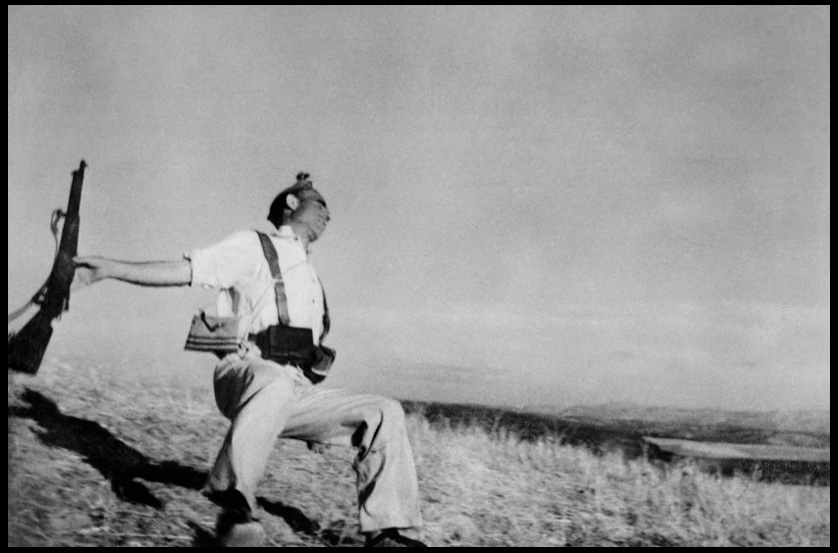 Contextual: Taken during the beginning of the Spanish Civil War, showing the moment of a bullet’s impact on a loyalist soldier, Capa’s photograph has become the emblem for the medium’s unrivaled capacity to depict sudden death. The style of photojournalism became the mark that defined Capa’s work from there on, joining the company Magnum Photos in the late 1940s. The photo itself appear to capture a Republican soldier at the moment of death, the soldier is seen collapsing backward after being picked off from a distance by a sniper. The pictured solider is dressed in civilian clothing but wears a cartridge belt, and following its publication was acclaimed as one of the greatest photos ever taken. However since the 1970s there has been significant doubts about its authenticity due to its location, the identity of its subjects, and the discovery of staged photographs taken at the same time and place.
Contextual: Taken during the beginning of the Spanish Civil War, showing the moment of a bullet’s impact on a loyalist soldier, Capa’s photograph has become the emblem for the medium’s unrivaled capacity to depict sudden death. The style of photojournalism became the mark that defined Capa’s work from there on, joining the company Magnum Photos in the late 1940s. The photo itself appear to capture a Republican soldier at the moment of death, the soldier is seen collapsing backward after being picked off from a distance by a sniper. The pictured solider is dressed in civilian clothing but wears a cartridge belt, and following its publication was acclaimed as one of the greatest photos ever taken. However since the 1970s there has been significant doubts about its authenticity due to its location, the identity of its subjects, and the discovery of staged photographs taken at the same time and place.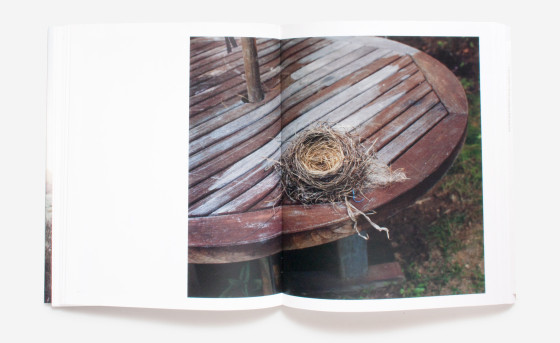
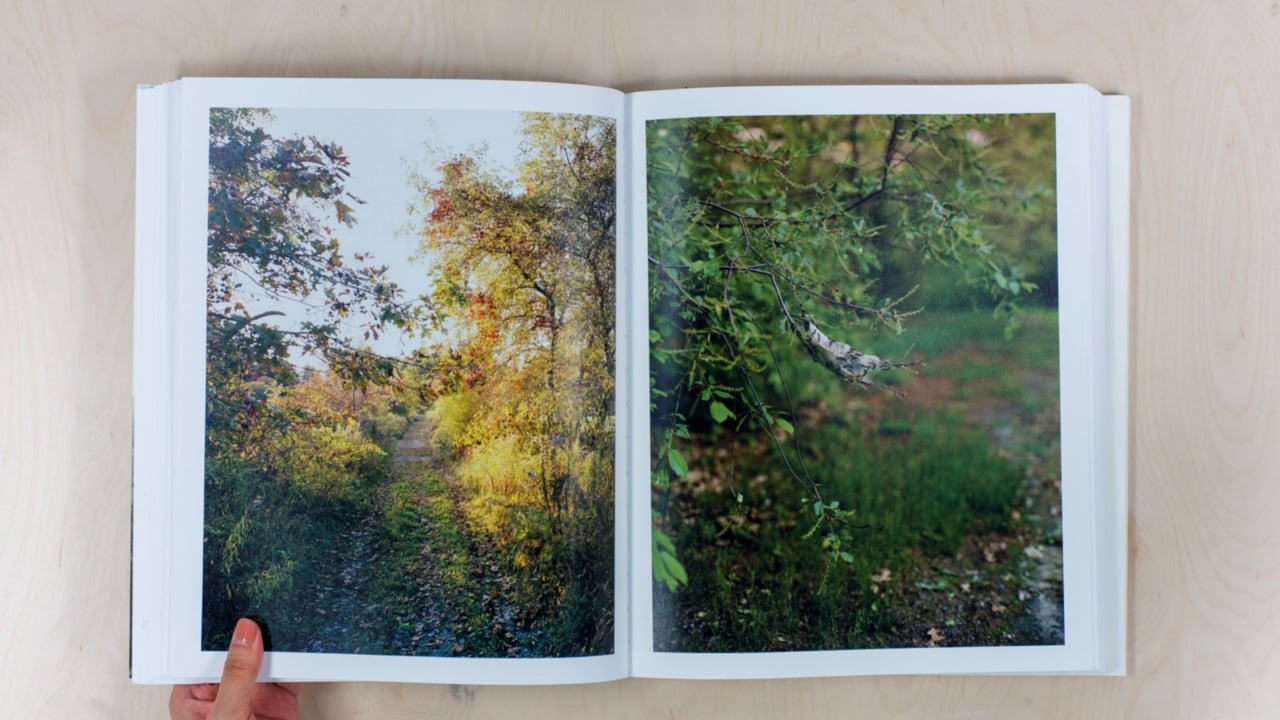

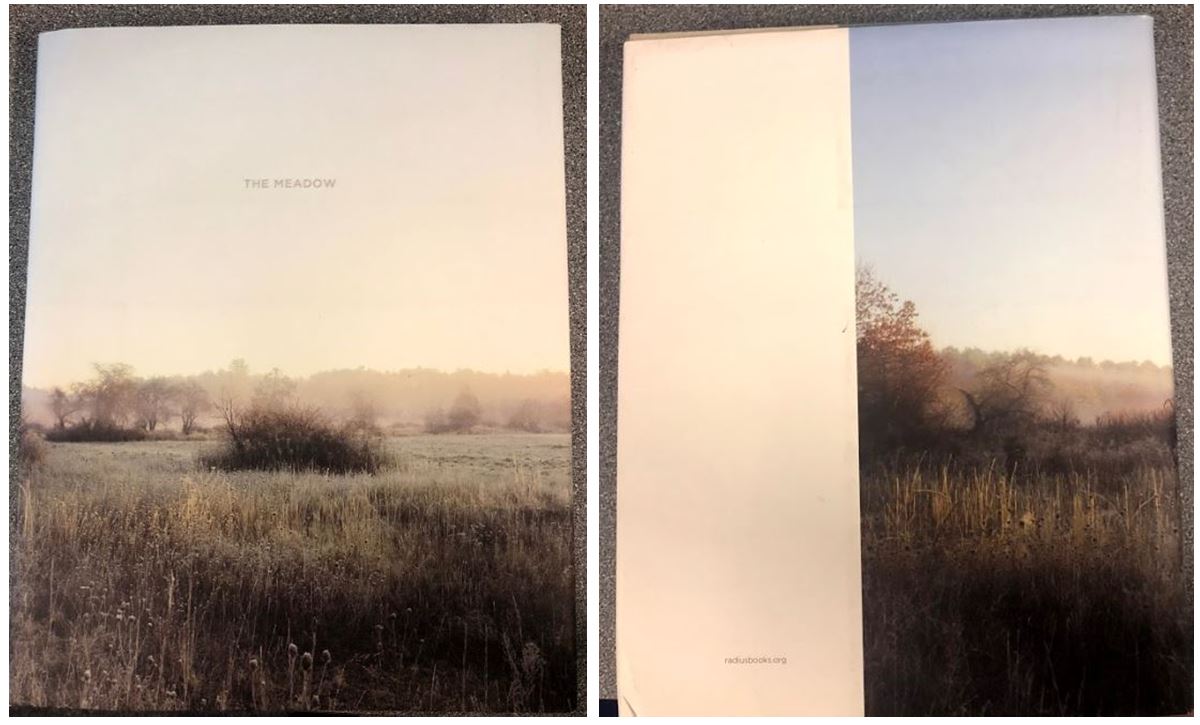
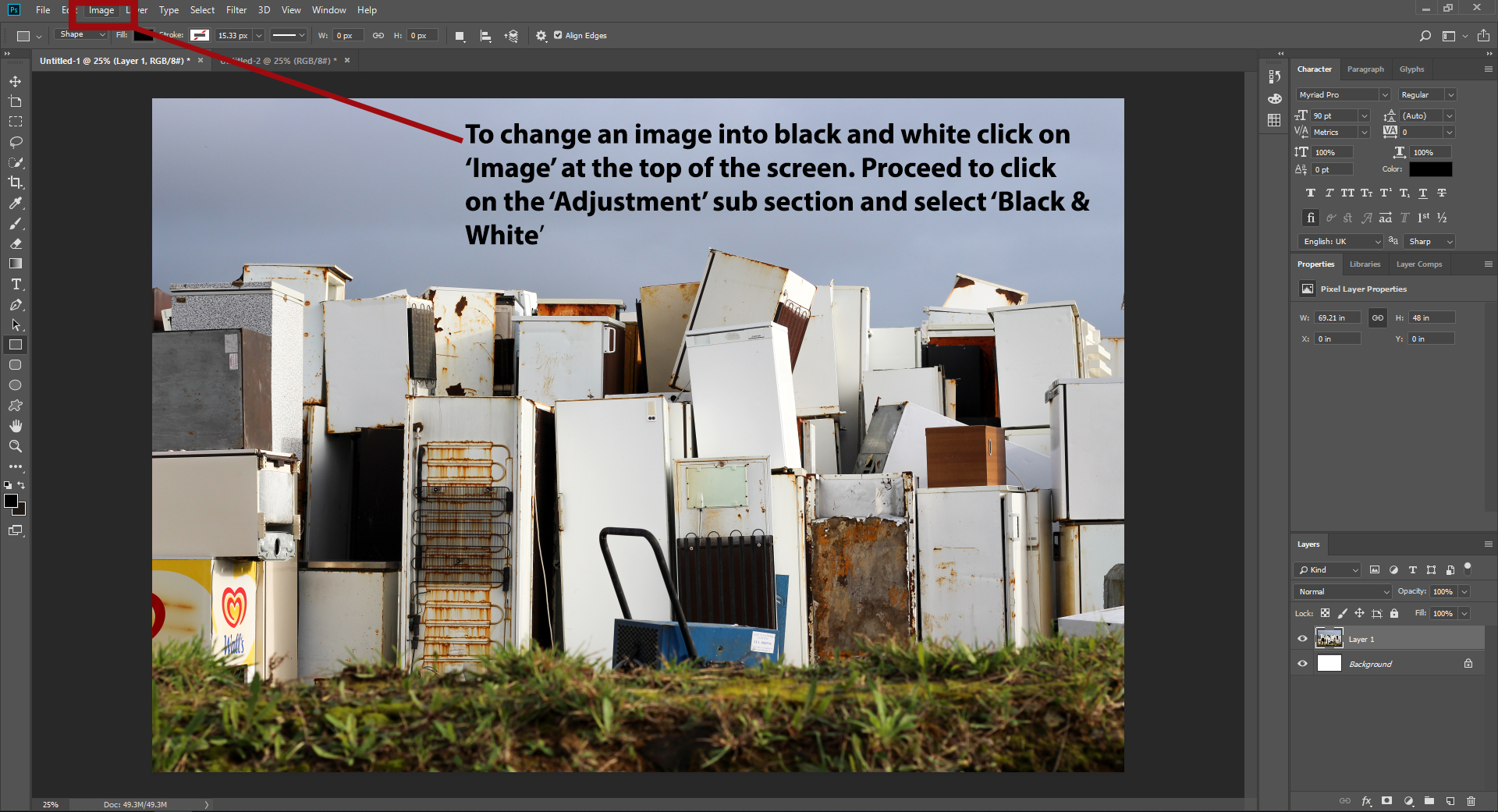
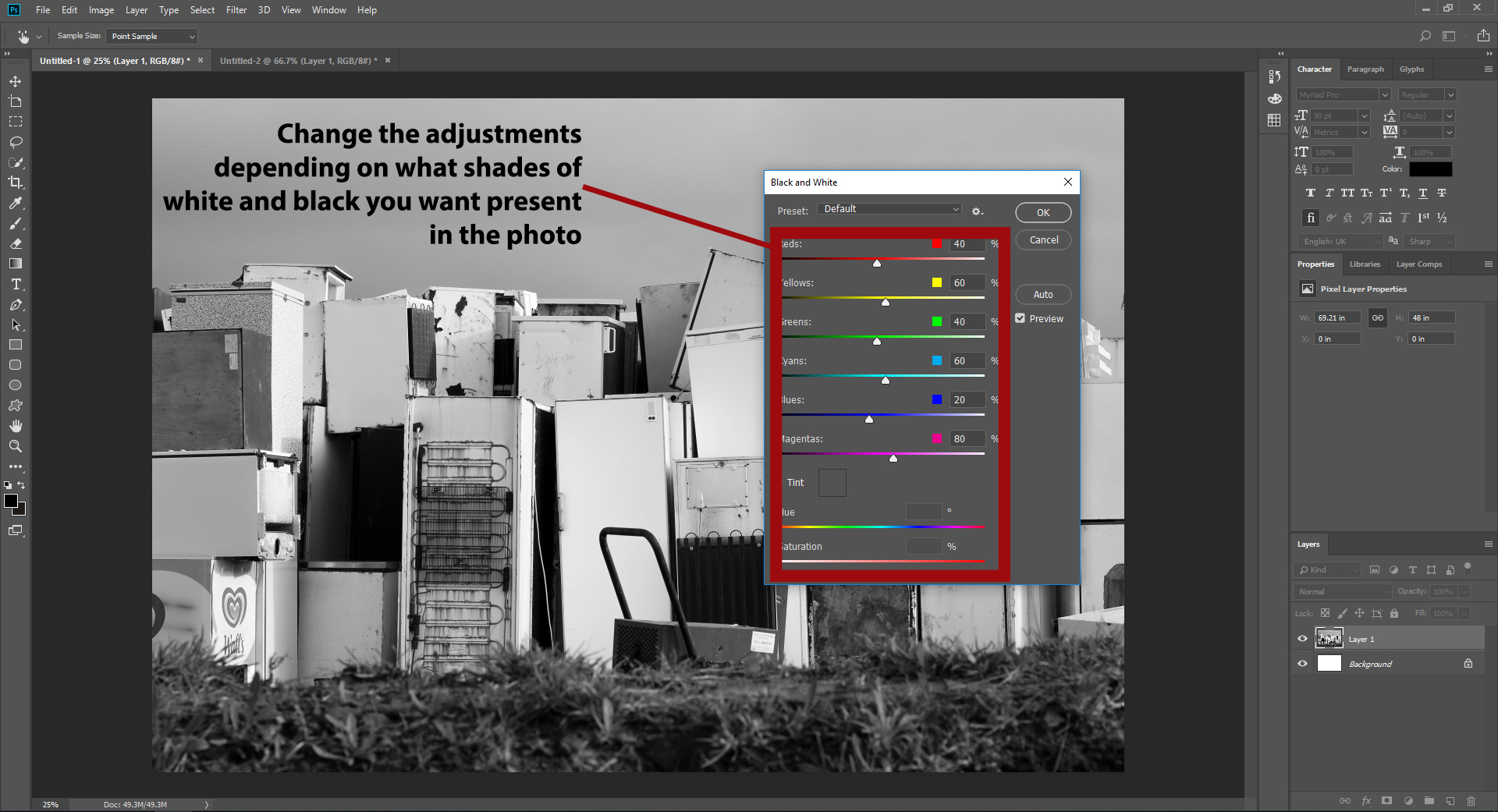 After I had experimented with a variety of different black and white settings I then proceeded to select the best images that the effect worked on. The results I wanted needed to be high contrasted and produced an impacting technique that defined the landscape through shadows surrounding the subjects within. Here were my choices for the best outcome for the black and white experimental edits:
After I had experimented with a variety of different black and white settings I then proceeded to select the best images that the effect worked on. The results I wanted needed to be high contrasted and produced an impacting technique that defined the landscape through shadows surrounding the subjects within. Here were my choices for the best outcome for the black and white experimental edits: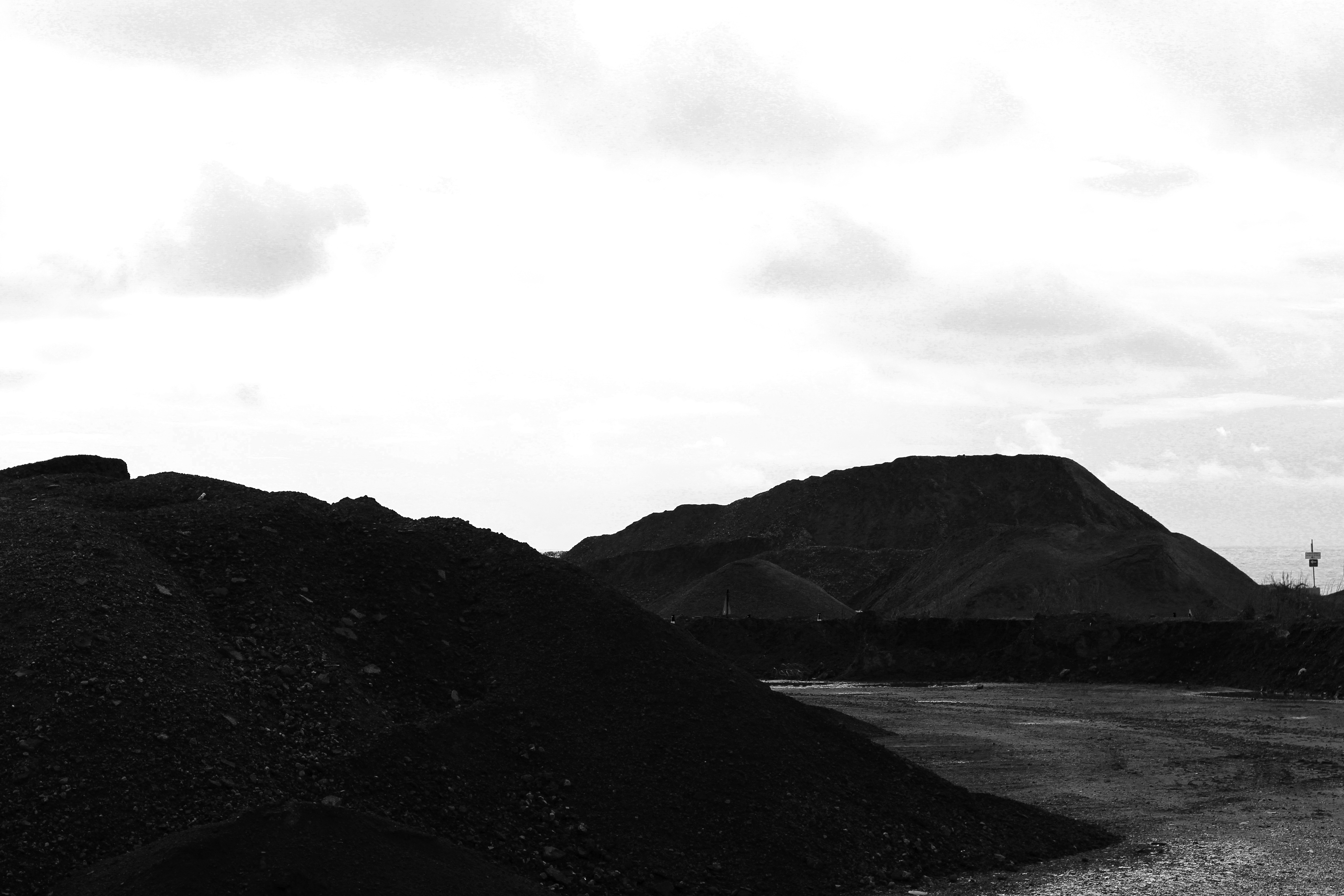
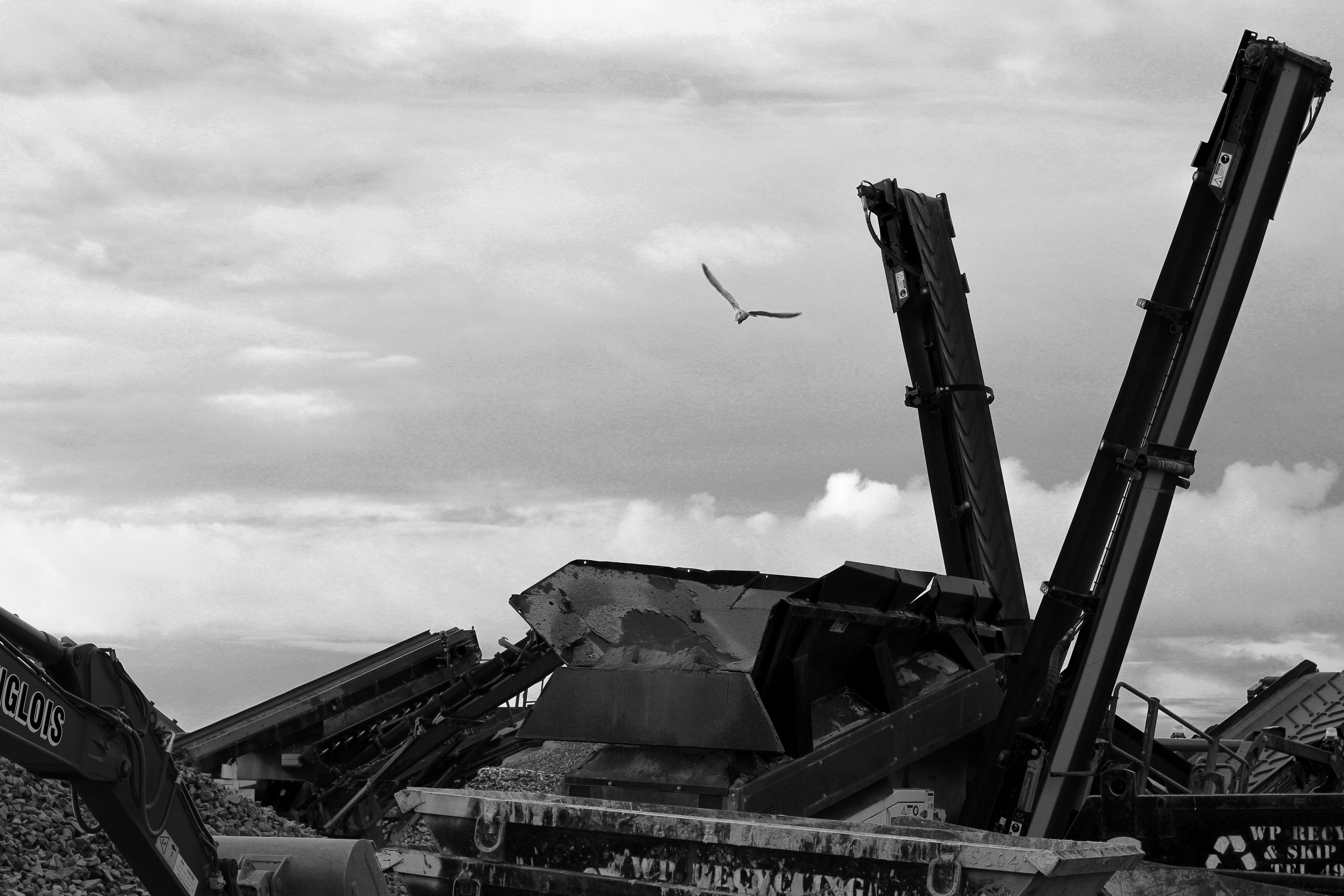
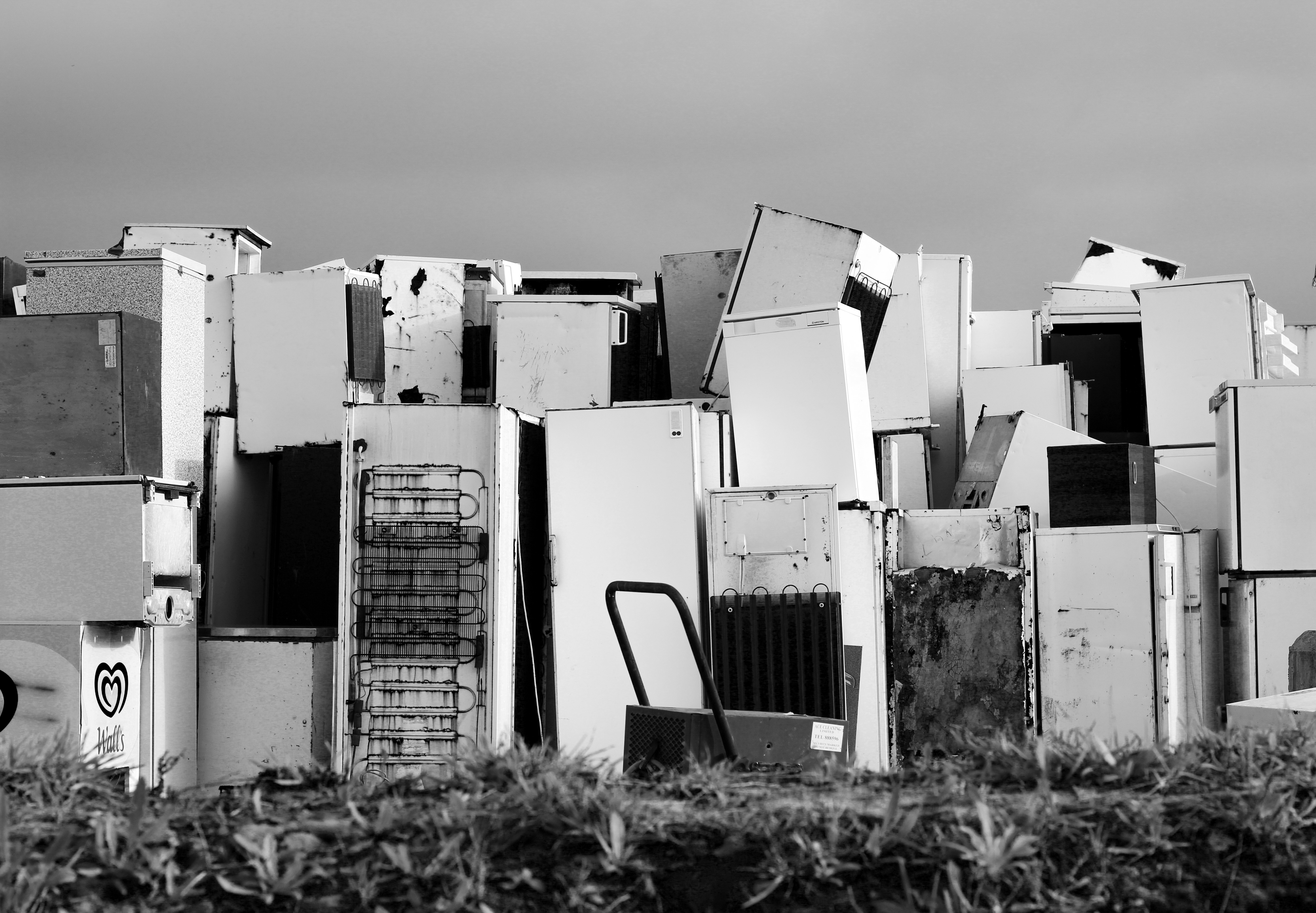
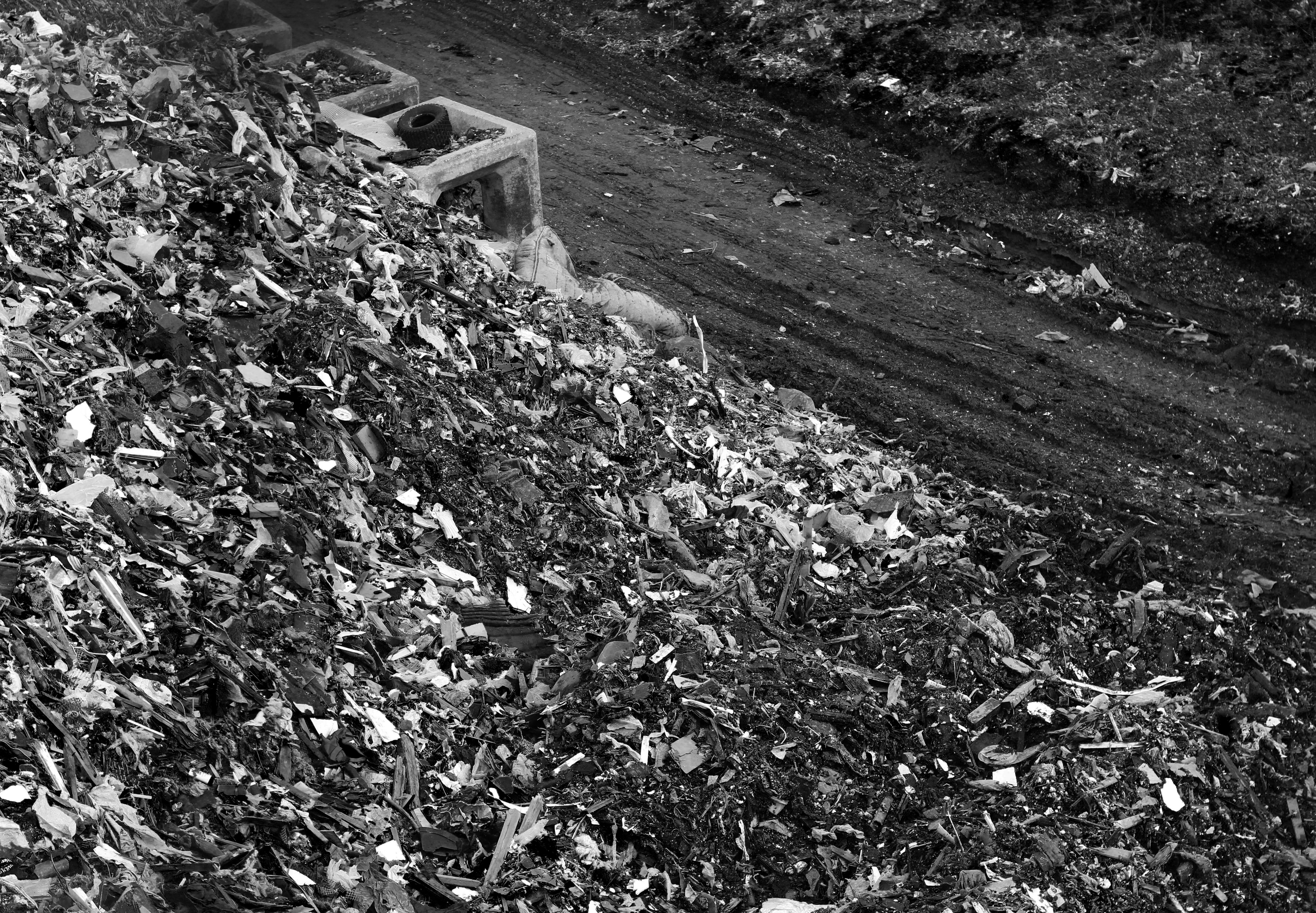 I found that the results of these edits were successful as the monochrome effected added the desired amount of shading for the landscape it surrounded, whilst providing a more straight photography stance that emphasized the destruction of the landscape in more detail due to them being devoid of any colours to distract you. For me this produced an aesthetic result that complimented the topic well as it draws to light the issues at hand in more detail.
I found that the results of these edits were successful as the monochrome effected added the desired amount of shading for the landscape it surrounded, whilst providing a more straight photography stance that emphasized the destruction of the landscape in more detail due to them being devoid of any colours to distract you. For me this produced an aesthetic result that complimented the topic well as it draws to light the issues at hand in more detail.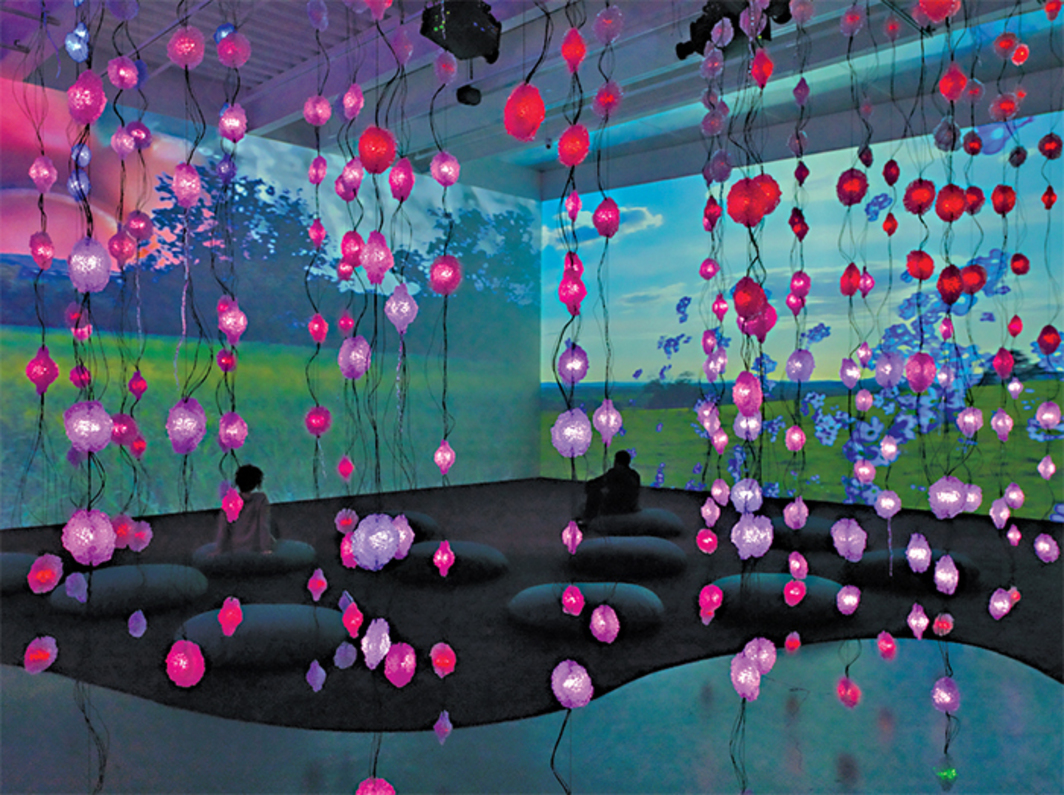 To me this work named ;pixel forest’ is they most comprehensive presentation of lists work to date. Her work includes influence spanning over the artists entire career,using inspirations from her early single channel videos of the 1980’s, exploring the human female body in pop culture to the expansion of video instillations. Her work transoms just a space into a architectural demonstration of masses of dreamlike environments which emphasis a hypnotic musical scores. she has created a new instillation for this exhibition in order to reveal connections between development of her art to the evolution of technology. I believe this such of nature,nuture and new found technology in order o create a surrealism dream life state in unlike anything else and is a huge movement for contemporary arts. it is said to be’ Ranging from the television monitor to the cinema screen, and from the intimacy of the smartphone to the communal experience of immersive images and soundscapes, this survey charts the ways in which Rist’s work fuses the biological with the electronic in the ecstasy of communication.’
To me this work named ;pixel forest’ is they most comprehensive presentation of lists work to date. Her work includes influence spanning over the artists entire career,using inspirations from her early single channel videos of the 1980’s, exploring the human female body in pop culture to the expansion of video instillations. Her work transoms just a space into a architectural demonstration of masses of dreamlike environments which emphasis a hypnotic musical scores. she has created a new instillation for this exhibition in order to reveal connections between development of her art to the evolution of technology. I believe this such of nature,nuture and new found technology in order o create a surrealism dream life state in unlike anything else and is a huge movement for contemporary arts. it is said to be’ Ranging from the television monitor to the cinema screen, and from the intimacy of the smartphone to the communal experience of immersive images and soundscapes, this survey charts the ways in which Rist’s work fuses the biological with the electronic in the ecstasy of communication.’



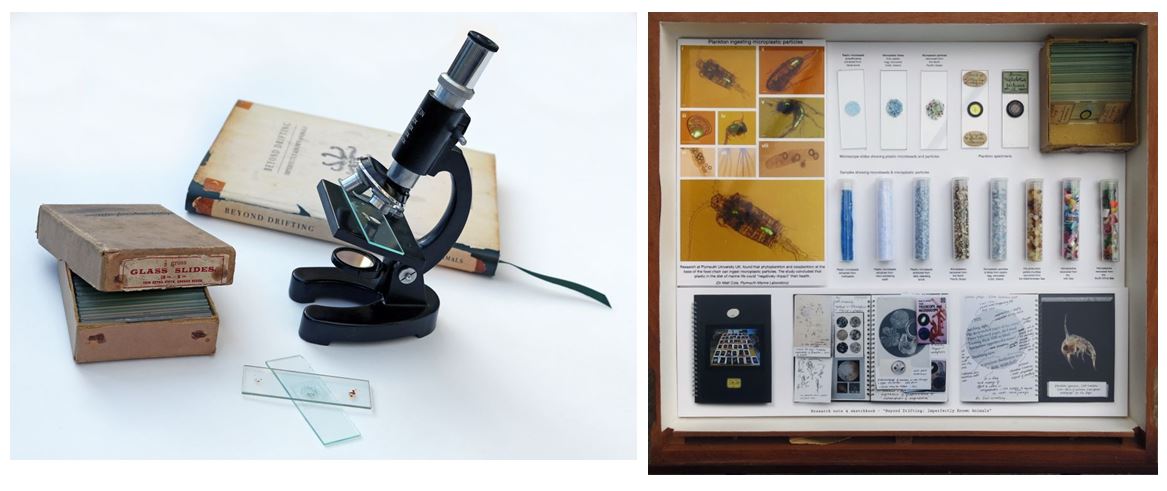
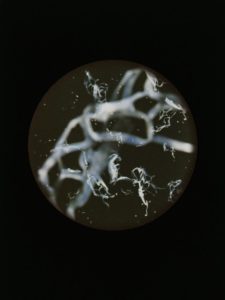


 ‘Discarded debris found along the shore and having existed for varying amounts of time in the sea collectively convey a message about the marine environment. The images combine visual beauty with the message of pollution and the time it takes them to biodegrade in the sea. The book shows the series of 10 images representing an intuitive collection of objects as they were presented, on the shore, unwashed and unaltered and aiming to reveal a beauty not otherwise noticed. The form and shape of the objects take on the imaginative appearance of sea creatures, created from the very materials that prove fatal for the creatures themselves. Enveloping black space evokes a deep sea, presenting the emerging objects as creatures from beneath, whilst at the same time serving as a metaphor to the unknown depths of this vast global problem of pollution. The captions state only the number of years it takes each material to decompose, thus revealing a narrative in time, and ending with the indeterminate and Indefinite material polystyrene.’
‘Discarded debris found along the shore and having existed for varying amounts of time in the sea collectively convey a message about the marine environment. The images combine visual beauty with the message of pollution and the time it takes them to biodegrade in the sea. The book shows the series of 10 images representing an intuitive collection of objects as they were presented, on the shore, unwashed and unaltered and aiming to reveal a beauty not otherwise noticed. The form and shape of the objects take on the imaginative appearance of sea creatures, created from the very materials that prove fatal for the creatures themselves. Enveloping black space evokes a deep sea, presenting the emerging objects as creatures from beneath, whilst at the same time serving as a metaphor to the unknown depths of this vast global problem of pollution. The captions state only the number of years it takes each material to decompose, thus revealing a narrative in time, and ending with the indeterminate and Indefinite material polystyrene.’
